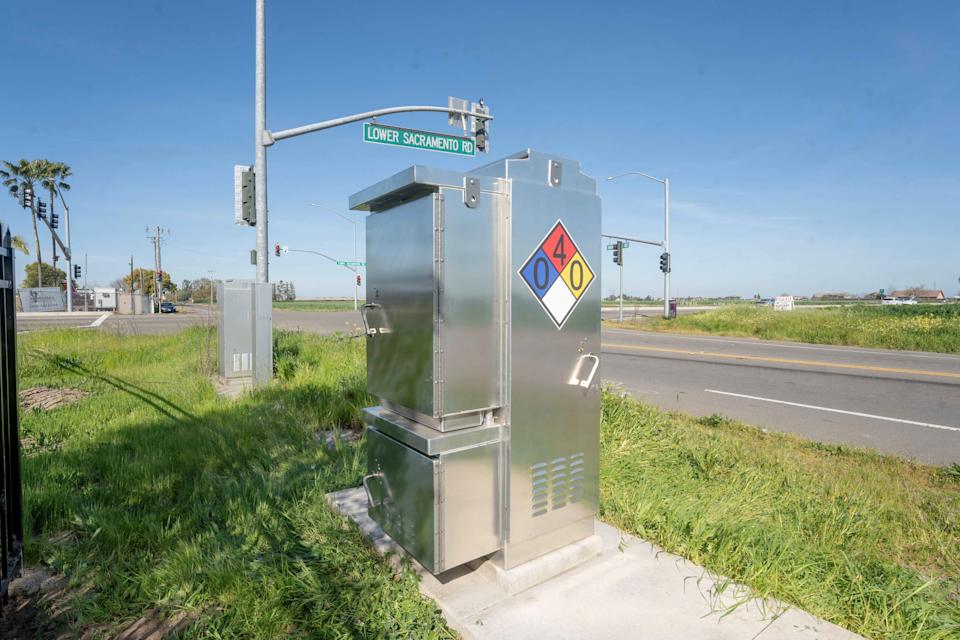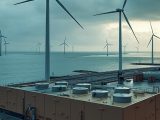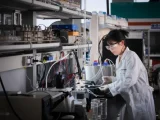
Hydrogen Fuel Cells Deliver Five-Day Zero-Emission Backup for California Intersections
August 15, 2025When the grid goes south, California can’t rely on four-hour backups. Caltrans just showed us why batteries alone don’t cut it.
Back in June 2024, the California Department of Transportation (Caltrans) wrapped up a field and lab trial of the HyMax Hydrogen Fuel Cell Backup Power System from Western Systems. Set up at their main site on Lower Sacramento Road, the unit kept traffic lights running for a whopping 5 days and 18 hours straight under load—compared to the usual four-hour stretch with standard batteries. Today, over 50 HyMax units are scattered across rural roads, school zones, and key evacuation routes, all certified zero-emission by the California Air Resource Board.
What It Means: Longer runtimes at intersections mean safer roads during wildfires, big storms, and those surprise PSPS outages—all while sticking to California’s climate goals.
Historical Context
Until now, most traffic signals leaned on lead-acid batteries that peter out in hours or noisy diesel generators that clash with California’s clean-air targets and logistics headaches. A new law—kicked in this January—bans small gas engines at critical intersections, speeding up the hunt for cleaner backup options. That’s where hydrogen fuel cells, a rising star in fuel cell technology, have jumped from demo mode to real-world guardians of the grid.
Technical Dive
The HyMax setup works by pushing compressed hydrogen into a proton exchange membrane fuel cell. The fuel cell technology mixes hydrogen with oxygen, sparking an electrochemical reaction that feeds electricity straight to signal boxes and ITS gear. Maintenance? Pretty light—mostly swapping or checking air filters—and if hydrogen ever leaks, it dissipates fast, making it a safe bet. Plus, having that zero-emission technology badge from CARB only sweetens the deal.
Strategic Angle
Caltrans’s New Product Evaluation Program, under the fancy EQASI arm, vets every emergency power solution before it hits the field. Teaming up with Western Systems and HyMax not only checks off resilience goals, it also shores up California’s evacuation corridors. Rolling them out in high-risk spots shows serious faith in hydrogen—but let’s be real: questions around scaling up hydrogen infrastructure and balancing capex versus grid upgrades or road electrification still linger.
Collateral Impacts
The upside is obvious—steady traffic lights slash accidents in dark intersections and keep escape routes lit during power play-outs. On the flip side, beefing up the hydrogen supply chain—think production, transport, and storage—takes time and money. And with hefty upfront costs, there’s some healthy debate on whether batteries or electrified roadways could eventually outshine hydrogen.
Perspective
We’ve moved past the proof-of-concept phase. Five-day runtimes flip the script on backup power. But don’t buy into the hype that hydrogen is the one-size-fits-all answer—at least not just yet. Caltrans’s wins are no joke, yet skeptics will point out that as prices come down and sustainable energy options expand, electrification or distributed batteries might have the upper hand.
Hydrogen fuel cells just earned serious street cred in California’s toughest testbeds. Now the real challenge: can they scale up, spread out, and compete against every other zero-emission technology chasing those emergency backup dollars?



 With over 15 years of reporting hydrogen news, we are your premier source for the latest updates and insights in hydrogen and renewable energy.
With over 15 years of reporting hydrogen news, we are your premier source for the latest updates and insights in hydrogen and renewable energy.